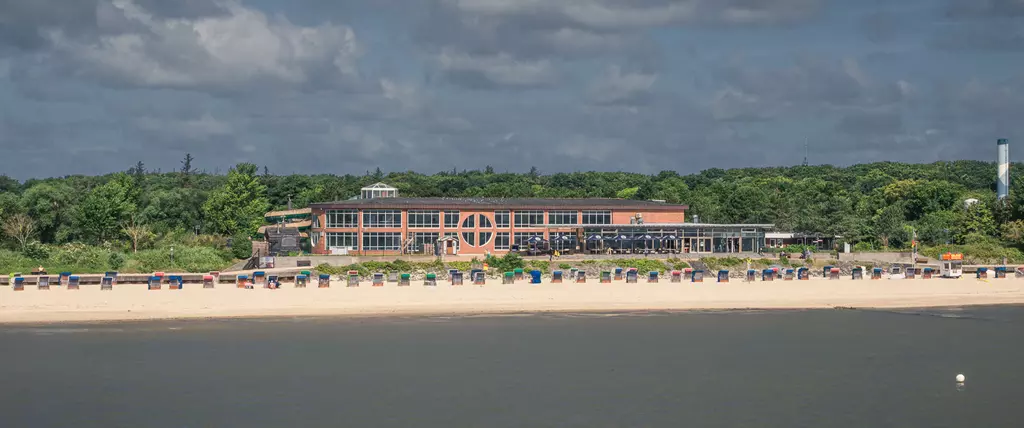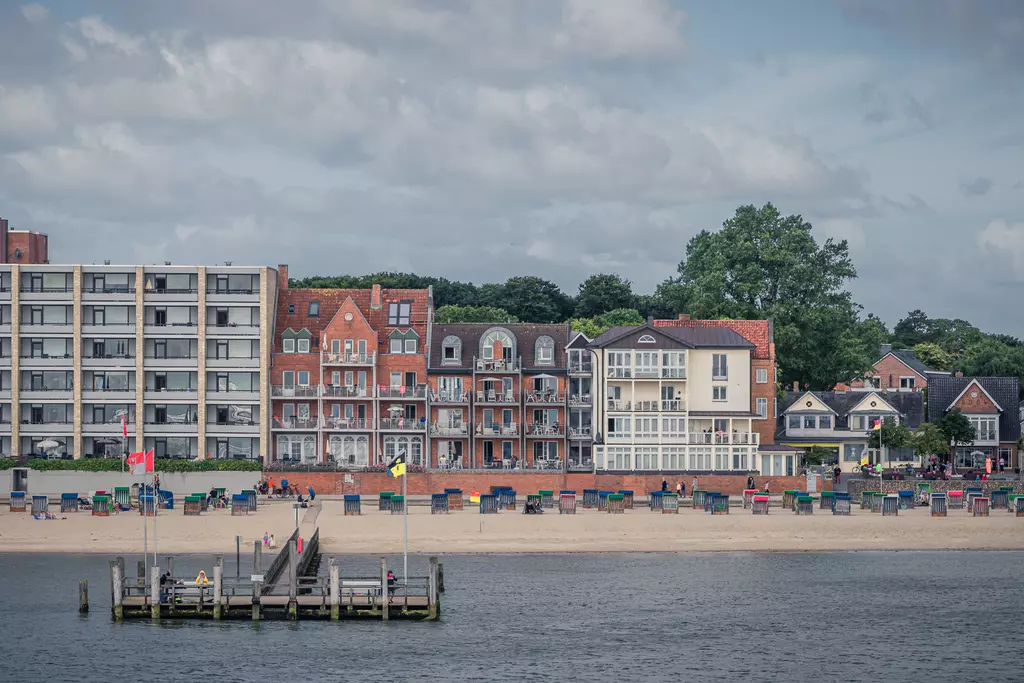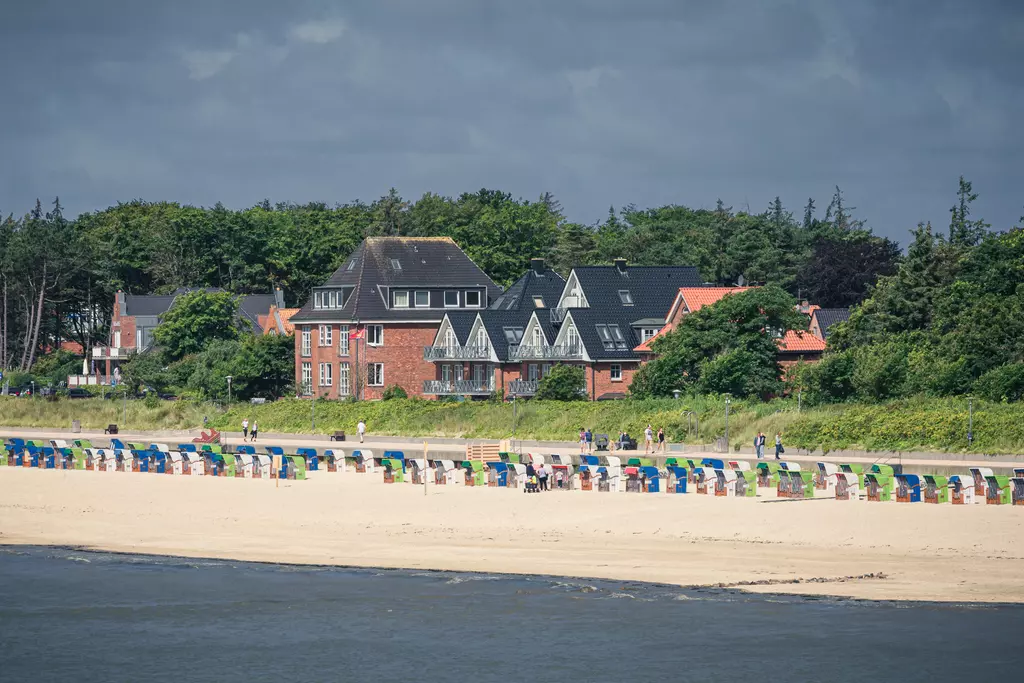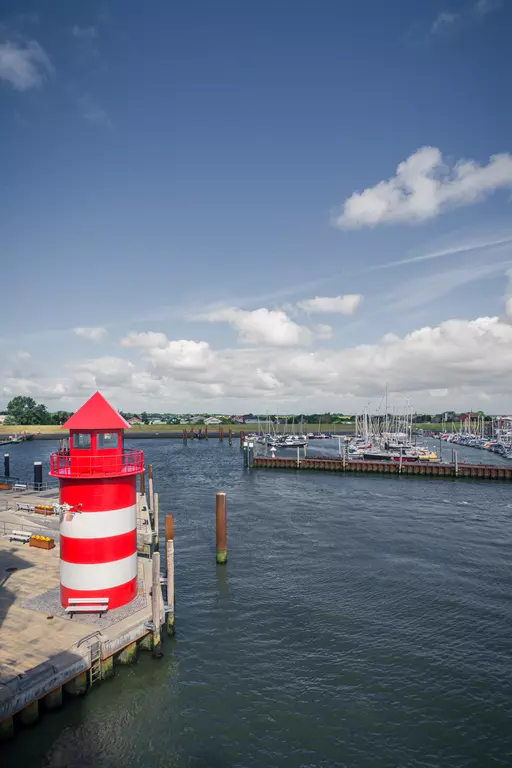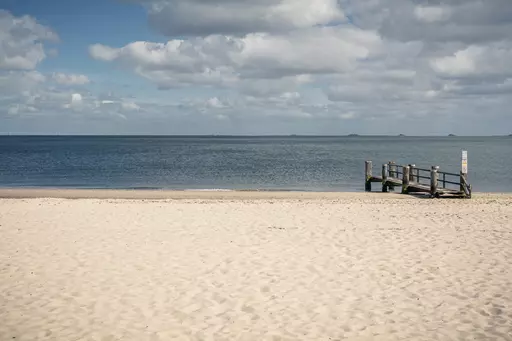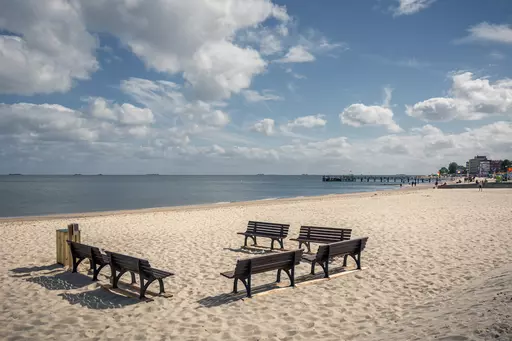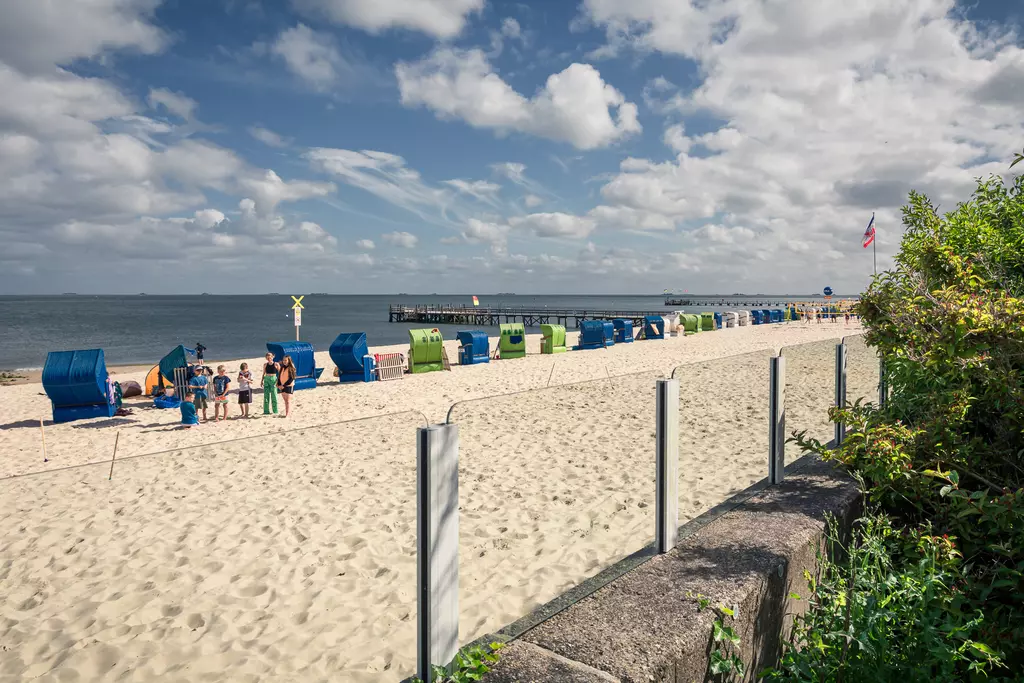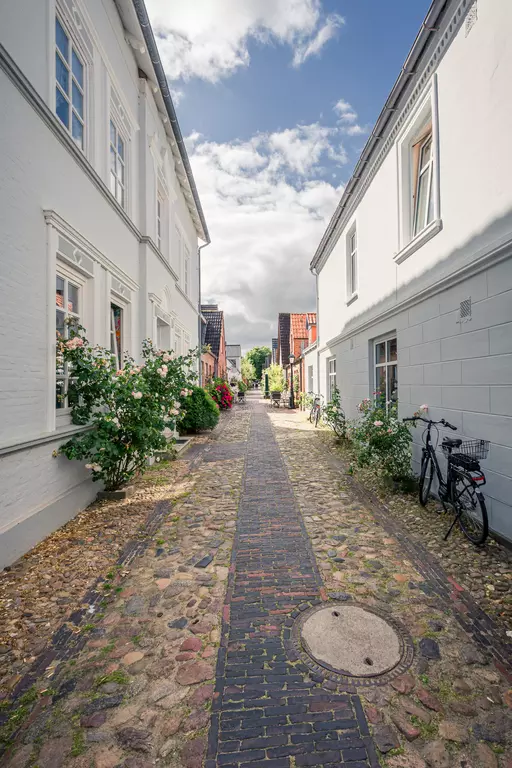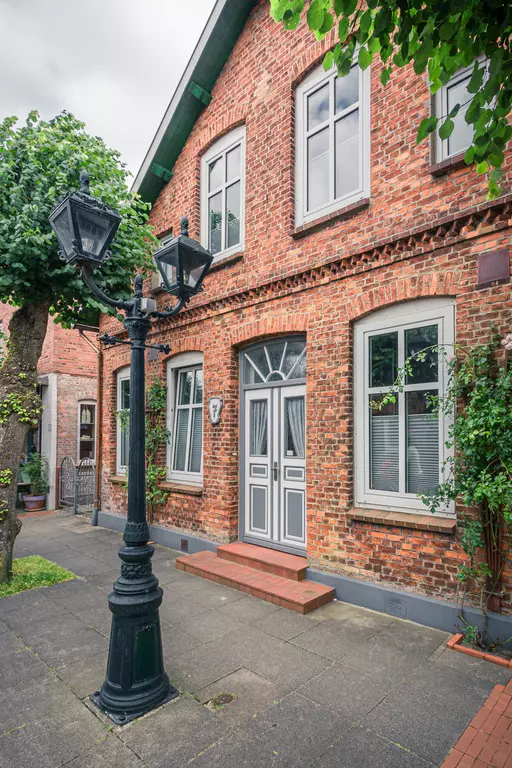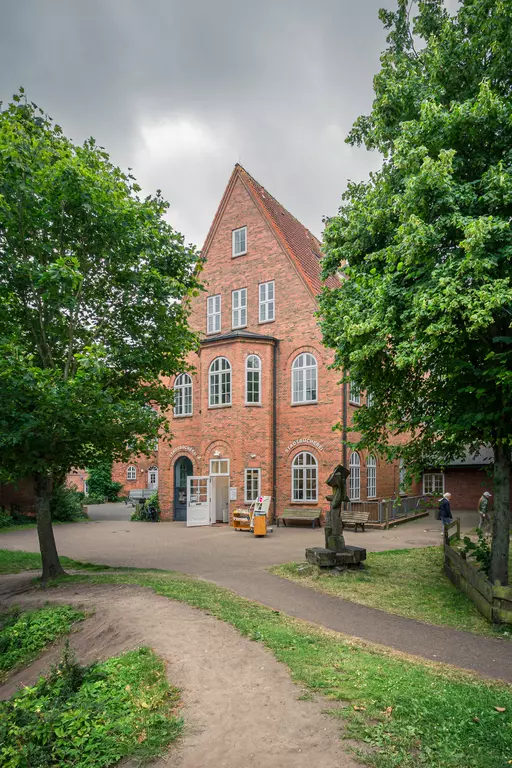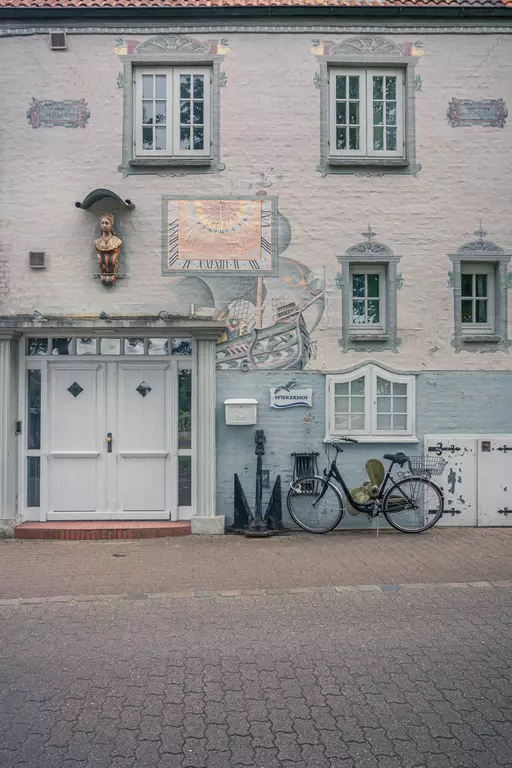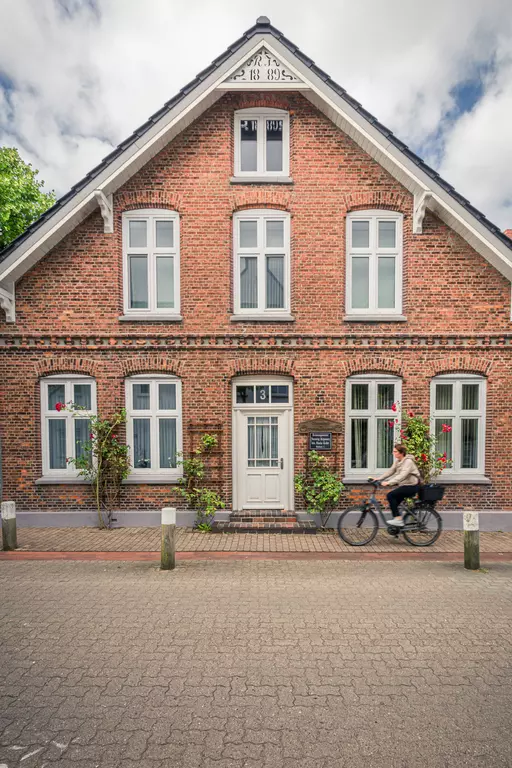Föhr, Germany, July 2022
Föhr, Germany, July 2022
Seen from the water, Föhr looks different from the other North Sea islands. No dunes, no endless dikes—just dense woodland reaching all the way to the beach. Houses stand close to the shore, and everywhere, Strandkörbe—those distinctive wicker beach chairs—are neatly arranged in blue, green, and white. Do the colors mean anything? Maybe. I have no idea.
The ferry docks in Wyk, the island’s largest town. This is where most of the action happens, where visitors first set foot on Föhr. Yet despite its central role, Wyk feels quiet, almost reserved. Narrow lanes adorned with flowers, small shops, lots of red brick.
And on the beach? Bright sunshine—but barely any people. Empty Strandkörbe sit patiently in the sun, waiting for guests, while only a handful of walkers pass by.
Wyk is charming, no doubt. But maybe the true appeal of Föhr lies beyond, in the villages where thatched-roof houses and ancient churches keep the past alive. I should have brought more time.

